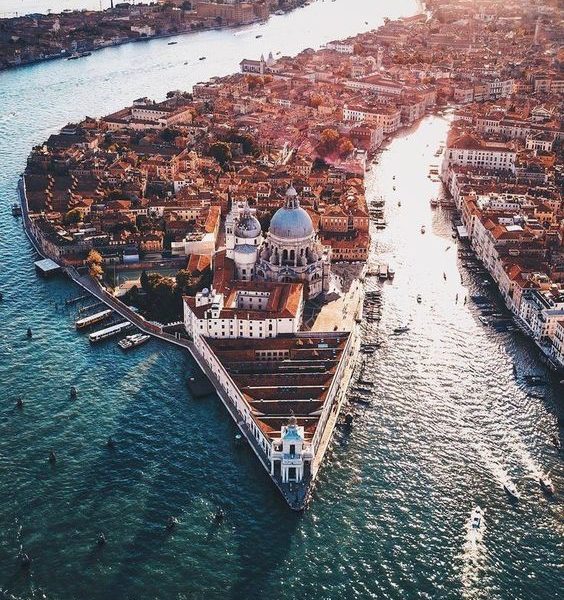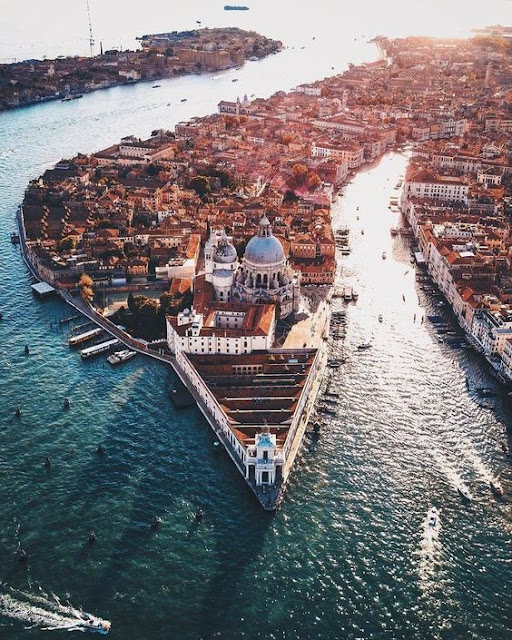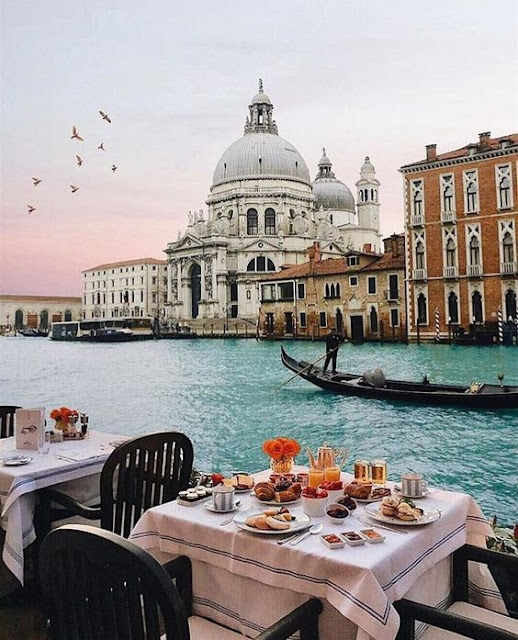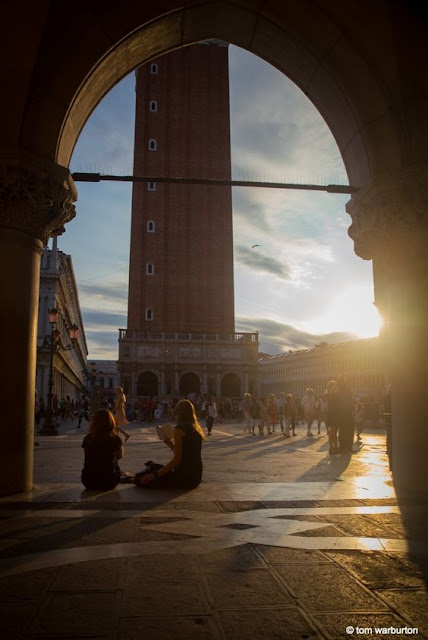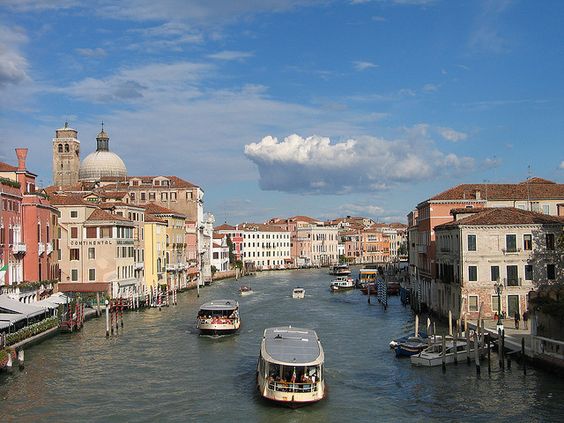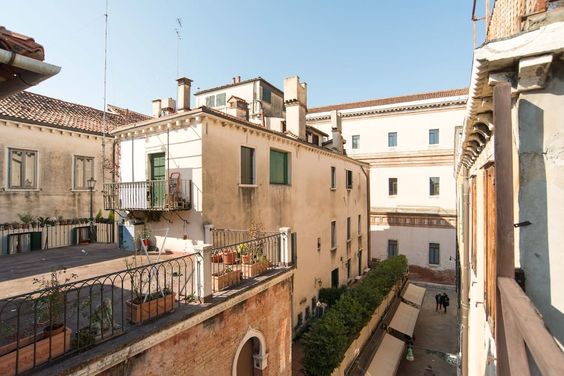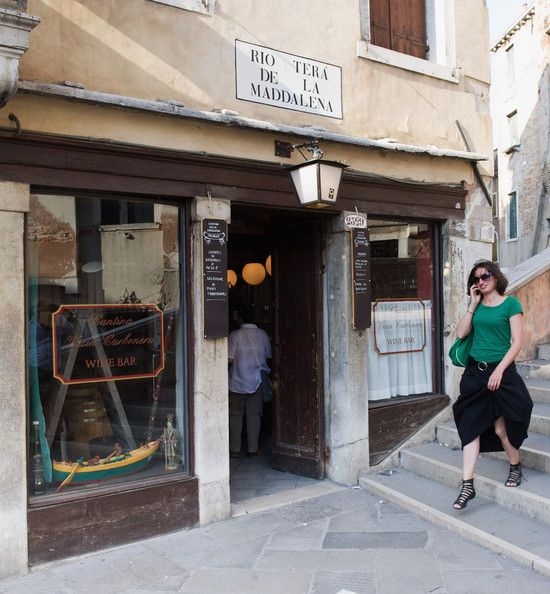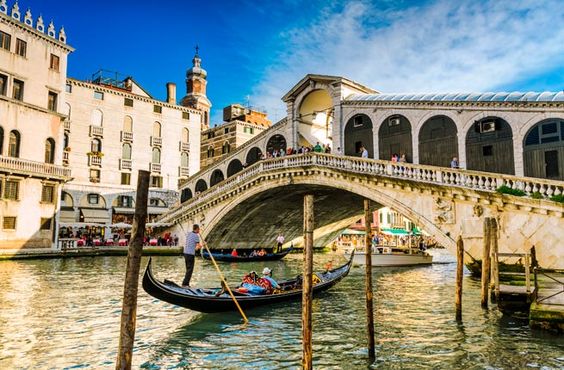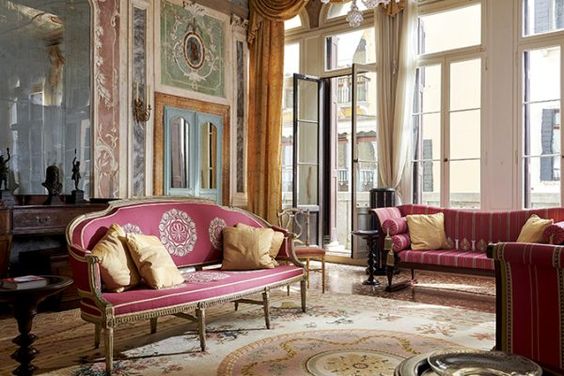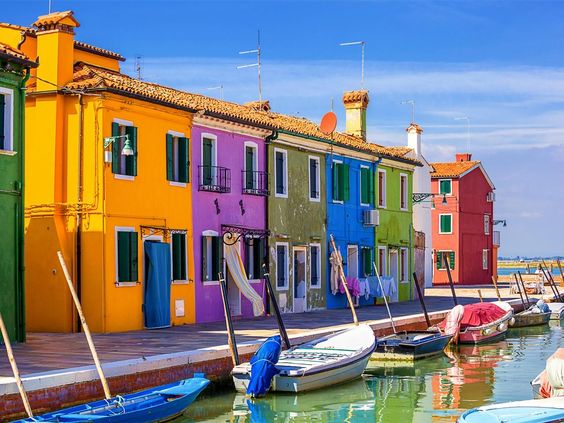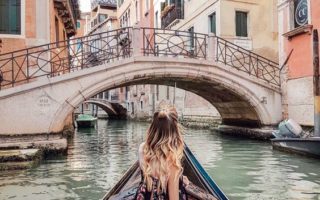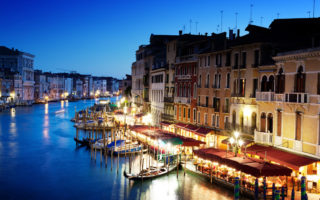How to Visit Venice on a Budget
Even one of Italy’s top and most captivating tourist destinations, like ‘Venezia,’ also known as Venice, can be visited without overspending. Budget conscious travelers can easily enjoy the wonders of this serene city without missing out on Venice’s enthralling essence or main sights. Every visitor will enter a mystical place that seems to effortlessly float at sea level and be cemented in a time that has long since passed. Because Venice is a little pricier to visit than other places in Italy and because it is quite small, travellers only need two to four nights here. Unless visitors are planning on taking day trips away from Venice, a stay more than four nights is too long.
If time and money permit, use excess vacation days to tour other areas of Italy. Especially if planning a holiday that is longer than a quick get away or coming from far away, explore other Italian towns and cities after Venice. For budget travellers who also want to explore Florence and the vineyard rich Tuscan countryside, look at Travel, Wine, and Food on a Budget in Tuscany. For those who prefer to enjoy the incredible beaches and seaside towns along the idyllic Amalfi Coast, without spending too much money, read Visiting Sorrento and the Amalfi Coast on a Budget for some helpful advice. Whether it be one of these or Italy’s enchanting capital city of Romeor the pizza and port city of Naples, definitely go elsewhere in Italy after a few days in Venice while staying on budget.
When planning a trip to Italy, book plane tickets months in advance for the most affordable prices. Use a site like Skyscanner to compare the lowest prices. Pack only a carry-on bag if possible; not only is it cheaper, it will be easier to lug around Venice’s winding, bumpy streets.
Avoid booking a trip to Venice in the summer, because it is peak tourist season. Another busy period to avoid is during ‘Carnivale’ or Carnival, which is Venice’s annual three week masquerade festival, which usually occurs in mid February and early March. Traditionally, Carnival kicks off the period of Lent before Easter celebrations. The whole city and all the canals will be bursting at the seams with Italians and foreigners wearing masks and being merry.
If cold weather, warm layers, and ‘vin brulé’ or hot mulled wine sold on street corners are enticing, plan a trip in the winter months when Venice is virtually empty. Not only will the streets be quiet, but accommodation prices are much lower. For nicer, warmer weather, and smaller crowds than during peak season, plan a trip in May or June before the summer rush or just after, in September or October.
Arriving in Venice
Venice Marco Polo Airport (VCE) is the most convenient airport for travelers and the nearest one to the center of Venice. From VCE, the cheapest way into Venice is an €8 bus to ‘Piazzale Roma.’ If staying near the piazzale, walk out from here into the mystical streets along the narrow canals of Venezia. If not staying near Piazzale Roma, it is best to have bought a €14 ticket online for the Alilaguna shuttle boat, which takes passengers from the airport to all the main ‘vaporetto’ or waterbus stops, as well as some of Venice’s islands. From Piazzale Roma, visitors can also take a €7.50 vaporetto ride to other parts of the city.
Alternatively, many low cost airlines fly to Treviso Airport (TSF), which is just over 30 kilometers away from Venice. From TSF, take the ATVO bus for €12 to Piazzale Roma and then a €7.50 vaporetto ride.
How to Get Around Venice
The cheapest way to get around Venice, other than on foot, is with the ‘vaporetti.’ These waterbuses may not be as elegant as the private, more expensive water taxis or as romantic as the sleek, manned ‘gondole,’ but they give passengers the same mesmerizing views of the domes, spires, and apartments of Venice from the view point of the canals. A one-way vaporetto ticket only costs €7.50, but if using the vaporetti three or more times per day, it is more economical to buy an ACTV Tourist Ticket, which provides visitors with unlimited vaporetto rides. A one day ticket is €20, a two day ticket is €30, a three day ticket is €40, and a week-long ticket is €60.
Gondola rides can be expensive, so for travelers who absolutely want the Venetian experience on the water, split a ride within a group or find some fellow tourists who are willing to share the fare.
Where to Stay
Many of the expensive, luxury hotels are located along the buzzing Grand Canal and near Venice’s main attractions, like the ‘Piazza San Marco’ or Saint Mark’s Square. The more authentic, off the beaten path areas of Cannareggio, Santa Croce, Dorsoduro, Castello, and the island of Guidecca have less expensive accommodation.
Avoid the fancy hotels, where rooms can easily go for €500 a pop, and look into hostels, bed and breakfasts, or better yet, renting an apartment. Airbnb have superb, affordable apartments and rooms for rent and booking.com has rental apartments, bed and breakfasts, and smaller, less extravagant hotels. Search Hostel World for the few hostels in Venice with the best bargains.
What and Where to Eat and Drink
Dining can be pricey in Venice, but it does not have to be extortionate. Remember that by renting an apartment, visitors can save by shopping for fresh ingredients at local supermarkets and using the kitchen. Guests will also save money at places where breakfast is provided. An Italian breakfast of a ‘cappuccino’ and a traditional sweet pastry while standing at the bar like a local does not break the bank. Eat lunch as the day’s main meal, as there are often deals and plenty of food served at lunchtime. Utilize the happy hour style ‘aperitivo’ for a delicious bargain dinner with a drink.
An ‘osteria,’ the typical sit-down style Italian restaurant serving traditional hot meals, in Venice may not always be cheaper than ones in cities like Rome or Florence, but they can also be affordable. Look for where locals go and avoid anything that looks like a tourist trap. Order from the ‘primi piatti’ or ‘first course’ menu as it is usually filling and cheaper than ordering from the ‘secondi piatti’ or main course menu or than ordering multiple courses.
For dinner, try the reasonably priced ‘cicheti,’ which are like tasty tapas usually served at lunch time or between 6pm and 8pm. Look for ‘bacari,’ small, inexpensive Venetian bars which offer cheap glasses of wine and other drinks for only a few euros each.
What to Do and See
A little known secret is that the best part about visiting Venice is absolutely free. Simply strolling through the meandering streets alongside busy canals, crossing over little foot bridges, and stumbling upon masterpieces like the Grand Canal, Rialto Bridge, Saint Mark’s Square, as well as smaller churches and authentic restaurants tucked in corners of little ‘piazze’ is enthralling for every visitor. Gazing out into the choppier waters of the Grand Canal where every type of boat imaginable can be spotted is literally and figuratively priceless.
Venice’s most prominent bridges are also free to view and explore. The ‘Ponte di Rialto’ or Rialto Bridge hangs over the Grand Canal with elegant white arches and three walkways. Peruse the ‘Mercato del Rialto’ or Rialto Market, which is a daily occurrence, on the bridge’s main walkway. Observe the gondola and boat traffic below in the daylight and watch the sunset.
The ‘Ponte dei Sospiri’ or Bridge of Sighs is smaller, but it is the most gorgeous bridge in Venice. Linking a former palace and a prison with the glistening sea below, this exquisite bridge was criminals’ last glimpse of the outside world as they were led to their cells or the execution room. Apparently, it was named the Bridge of Sighs, because such a delicate and beautiful last image made the prisoners sigh with wonder and despair.
Possibly Venice’s most well-known attraction, ‘Piazza di San Marco’ or Saint Mark’s Square is free and absolutely worth a visit. People watch, breathe in the salty air and wind blowing off of the Grand Canal, and admire the square’s epic, gold encrusted church. Built in 828 AD, the ‘Basilica di San Marco’ or Saint Mark’s Church is free to enter. Inside, visitors will find thousands of square meters of gold mosaics and luxurious marble imported from places like Egypt and Syria.
Enter the ‘Basilica di Santa Maria della Salute,’ which is also simply called ‘The Salute’ for free. Sitting directly on the water’s edge, it is a grand seventeenth century Baroque church with a large, impressive dome. Venice’s smaller churches are also free, so do not be afraid to go and have a look inside. If there is music or a sermon happening, stay, sit quietly, and enjoy for a few moments.
Look out for free entry days to museums and exhibitions, although do not trust anything that seems like a scam. Many of the little art galleries are free to enter. The area of Dorsoduro and the island Guidecca are bursting with contemporary and modern art museums, galleries, and studios. Read Navigating Venice’s Contemporary and Modern Artfor more. Check to see if the Gothic style, sixteenth century, but modernized ‘Palazzo Franchetti,’ has any free historical or art exhibitions.
Every first Sunday of the month, Venice’s state-run museums, such as the ‘Galleria dell’Accademia,’ ‘Palazzo Grimani,’ and ‘Ca’ d’Oro’ are free. Many of these museums are always free for children under the age of eighteen, full-time students, and people with disabilities. There is a reduced price for European Union Citizens from the ages of eighteen to twenty-five and full-time teachers. Visitors must bring relevant documentation for these discounts.
A day trip to one of Venice’s islands can be very affordable. The islands of Giudecca, Murano, Torcello, and Burano can be reached by vaporetto. Roundtrip tickets only cost €15, so pack a lunch or include eating lunch out in the trip budget and go to one of them.
A fifteen minute vaporetto ride from Saint Mark’s Square, Giudecca is the largest island in the Venice lagoon. This island is the home of artists and Venetians who want to escape mainland Venice, but still want to soak up the wonder of Venice’s magical setting. Wander the streets and peek inside the trendy art galleries and exhibition spaces, many of which are free to enter.
About thirty minutes from Piazza San Marco is Murano, a group of seven islands magically linked by bridges. Murano is known for glass blowing. Walk over the bridges to each rustic, charming island and spot the glass factories among the apartments and churches.
The tiny, enchanting island of Torcello and the playful island of Burano are a little farther away from mainland Venice. Take the forty-five minute number twelve vaporetto to these islands. The bell tower of the beautiful, mosaicked church, ‘Basilica di Santa Maria Assunta’ gives magnificent views of the sea and nearby island of Burano. Happy and bright, Burano has a rainbow of different colored houses facing the water and lots of local fishermen and traditional lacemakers.

Most importantly, relish in the beauty of Venice and let imaginations run wild. Please tell us at Roman Candle Tours of any other money saving methods for a successful, affordable trip to Venice.

If you liked this article, read also “VENICE BY BOAT: SPENDING A SERENE DAY OUT ON THE WATER”
